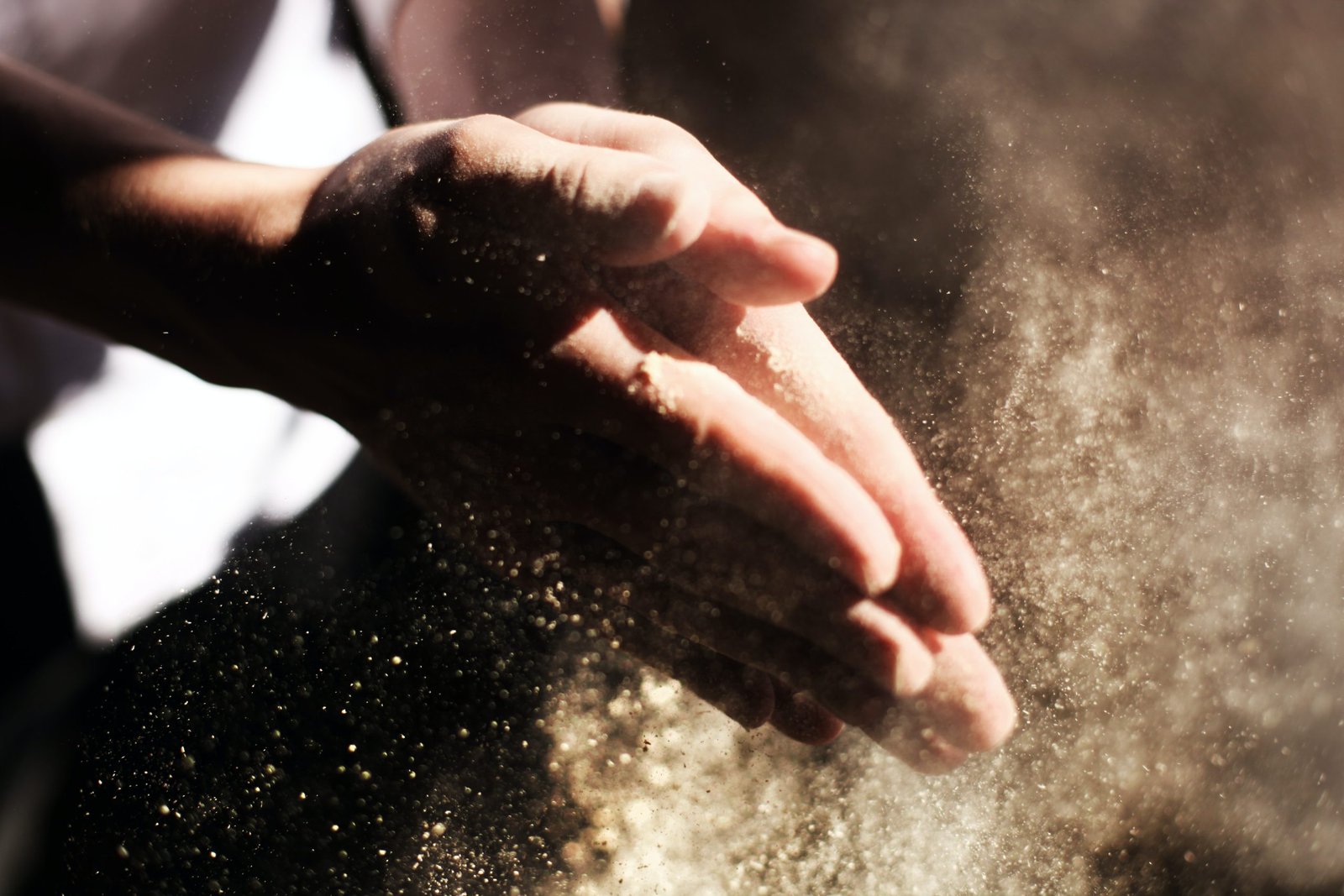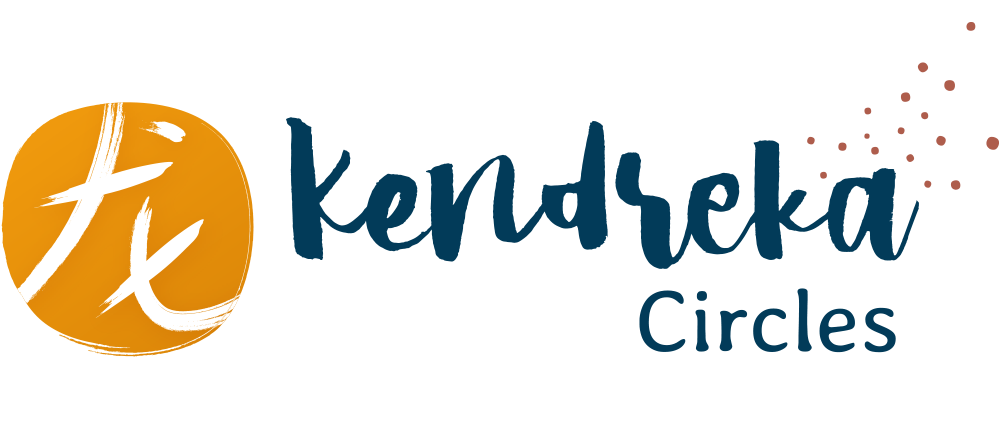There are many ways to create music for dance. As an vocalist for Kendreka Circles, free dance and creative movement, I share with you the 3 principles that I feel are essential in my practice of accompanying dance live. I generally use only my voice and a looper (no instruments, no synths or drum machines).
These principles come from my experience, I wouldn’t dare attribute them to any particular musician; nor would I say that I “invented” them: after a few years of experience they just became obvious.
Simplicity, the first principle for accompanying dancers
First of all, music for dancers doesn’t have to be as complex as stage music. Especially with regard to the relationship to time, it is important to allow spaces to develop without trying to constantly change patterns, rhythms and melodies. The dancers are in their bodies, living their inner experience, the music is only a support. The role of the music is more that of a conductor in a classical concert. Just to guide, but the richness of expression comes especially from the dancers. It is perfectly acceptable to let a motif, a loop, run for 30 seconds, a minute, or even longer. If the loop is relevant, the dancers will not get bored, on the contrary! They will develop their entire creative universe on a stable, familiar basis. This observation led me to use a looping device (a Roland RC-505 Loopstation to be precise!). This allows me to create a loop, let it run, and have the necessary space-time to make it evolve according to what happens to the dancers.
Rhythm, the second principle of dance music
It is an obvious fact that is worth emphasizing: for dance, the rhythmic dimension is by far the most important. It takes precedence over the harmonic and melodic dimension. Obviously, one always seeks harmony of these three dimensions, to make sure that rhythm, melody and harmony converge together in the same direction. But the first attention of the musician or singer accompanying dancers will always be the rhythm (personally I would say the same thing for stage music, but that’s another subject). A good rhythmic pattern can be repeated for a long time and still be stimulating for the dancers. Even a melodic pattern alone (e.g. the solo voice), if thought out rhythmically, can lead into the dance. I really enjoy, at times, creating complex, angular, sometimes atonal or random melodies. If I am careful to keep a constant flow and accentuate certain notes to create a repetitive rhythmic pattern in the background, the music remains accessible and stimulating for the dancer.
Interaction, third principle, or the joy of playing together…
My third principle when creating live music for dancers is to remember that I am not playing for them, but with them. Each of their gestures indicates groove patterns that I will draw on in the creation. I usually start with a short time without arrhythmics: just soaring sounds, a drone… I observe the dynamics of the group, and especially the gestures of the leader. Movements are inevitably born. I follow them with free melodic patterns. Little by little, the exchange settles, becomes structured, leads me to discover rhythmic patterns. It’s like a ping-pong with the dancer – the dancer – who responds to my rhythmic patterns with other movements, inspiring me with other rhythms. There is a threshold where this rhythm becomes a loop, which will serve as a base for a while. All that’s left is to build a melodic and harmonic universe on this groove, until I feel that an evolution is necessary.
I never change the tempo (the speed of the song) of a loop in progress, I find that it is inconsistent with the principle of looping, and it uses a technology that is not very “organic”. Instead of moving the tempo, I play with polyrhythm: from a 4/4 piece, I can switch to 2/2 to slow down, or 8/8, 12/8 to speed up. If I’m wide awake, I like to set up more intense polyrhythms: 3 on 4 to slow down, or to speed up, 5, 6 or 7 on 4, which replace the 4 and create a real acceleration without changing the overall tempo of the loop: it still lasts the same amount of time, but it is divided differently. The effect on the dance is guaranteed.
Hopefully these ideas will inspire you to explore more about the interaction between music and movement! Feel free to come and explore this at a Kendreka Circles workshop!

Articles
Creating Music for Dance – 3 Principles for Live Performance
Il y a de nombreuses manières de créer des musiques pour la danse. Accompagnant des Kendreka Circles, cercles de danse libre et mouvement créatif, je vous livre ici les 3 princi

Articles
What are Body Percussion ?
Body percussion is a musical style that consists of creating sounds and music through the percussion of one’s own body. These practices are part of human history, spanning di

Articles
Vertical Dance
This discipline, born from the encounter between climbing and dance, started to grow in the 1970s and 80s. The fundamentals of vertical dance are mainly based on one of the essenti

Articles
Contact Improvisation Dance
Contact Dance Improvisation is opened to everyone. It is a dance initiated by the American choreographer Steve Paxton in 1972, where dancers come into contact with each



